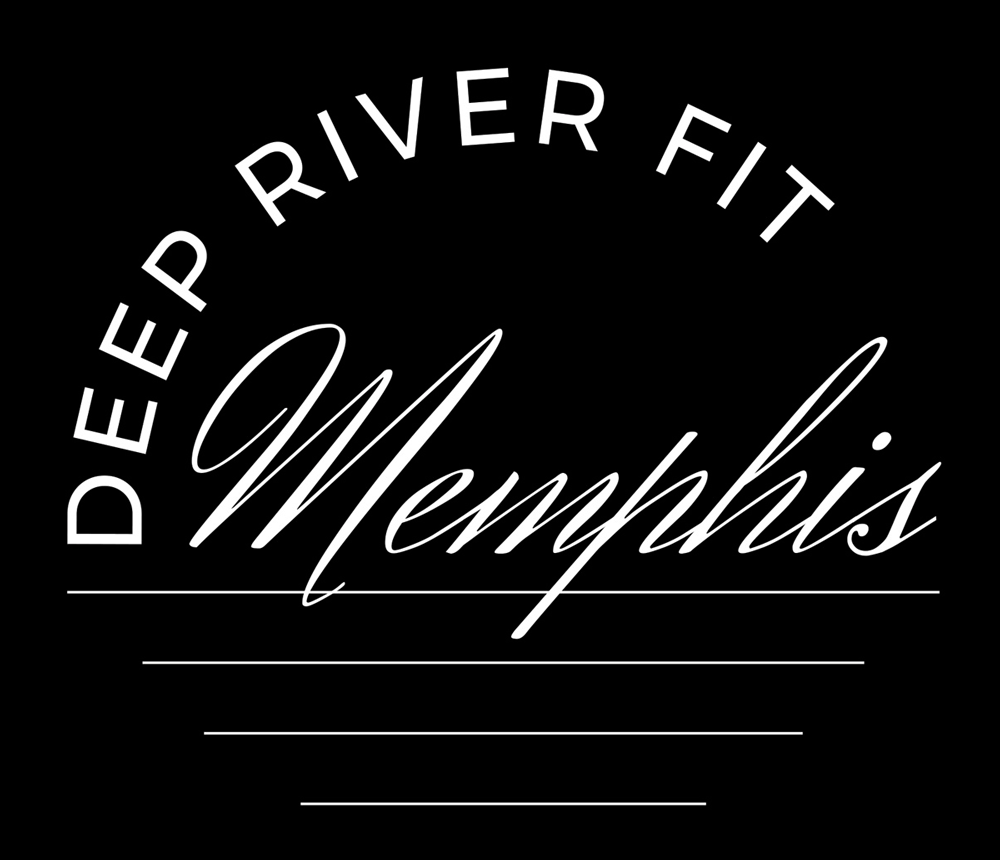Embarking on a Functional Fitness Journey: Essential Movements for Beginners
Embarking on a functional fitness journey can be both exhilarating and intimidating, especially for beginners. With its high-intensity workouts and varied movements, functional fitness offers a unique approach to fitness that challenges the body and mind in new ways. However, mastering the basics is key to building a strong foundation and preventing injury. In this blog post, we'll explore essential functional fitness movements for beginners, providing guidance on proper form, scaling options, and progressions to help you start your functional fitness journey with confidence.
The Squat: The squat is a fundamental movement in functional fitness that targets the lower body muscles, including the quadriceps, hamstrings, glutes, and calves. To perform a squat, stand with your feet shoulder-width apart, chest up, and core engaged. Lower your hips back and down as if sitting into a chair, keeping your knees tracking over your toes. Descend until your thighs are parallel to the ground, then drive through your heels to return to the starting position. Practice bodyweight squats to master the movement before adding weight.
The Deadlift: The deadlift is a compound movement that strengthens the posterior chain, including the muscles of the lower back, glutes, and hamstrings. Start with your feet hip-width apart and a barbell on the ground in front of you. Bend at the hips and knees to lower your torso and grip the bar with hands just outside your legs. Keep your back flat, chest up, and core tight as you drive through your heels to lift the bar, extending your hips and knees until standing tall. Lower the bar back to the ground with control to complete the rep.
The Press: The press is an upper body movement that targets the shoulders, triceps, and upper chest. Begin with a barbell or dumbbells racked at shoulder height, elbows slightly in front of the body. Press the weight overhead by extending your arms, keeping your core engaged and avoiding excessive arching of the lower back. Fully extend your arms at the top, then lower the weight back to the starting position under control. Focus on maintaining proper alignment throughout the movement, with the weight traveling in a straight line.
The Pull-Up: The pull-up is a challenging bodyweight exercise that strengthens the back, shoulders, and arms. Start by hanging from a pull-up bar with an overhand grip, hands slightly wider than shoulder-width apart. Engage your core and pull your shoulder blades down and back as you bend your elbows to pull your chin above the bar. Lower yourself back to the starting position with control, fully extending your arms at the bottom. If unable to perform a full pull-up, scale the movement by using resistance bands or performing inverted rows.
The Burpee: The burpee is a full-body exercise that combines strength, cardio, and agility. Begin standing with feet hip-width apart, then squat down and place your hands on the ground. Jump or step your feet back into a plank position, perform a push-up if desired, then jump or step your feet forward to return to the squat position. Finally, explode upward into a jump, reaching your arms overhead. Land softly and immediately repeat the movement for the desired number of reps.
Conclusion:
Mastering the basics of functional fitness movements is essential for beginners to build strength, improve technique, and minimize the risk of injury. By focusing on foundational exercises such as squats, deadlifts, presses, pull-ups, and burpees, you can develop a solid fitness base and progress to more advanced movements with confidence. Remember to prioritize proper form, listen to your body, and scale the movements as needed to accommodate your current fitness level. With dedication, consistency, and a willingness to learn, you'll be well on your way to mastering the basics and achieving your fitness goals in functional fitness.

